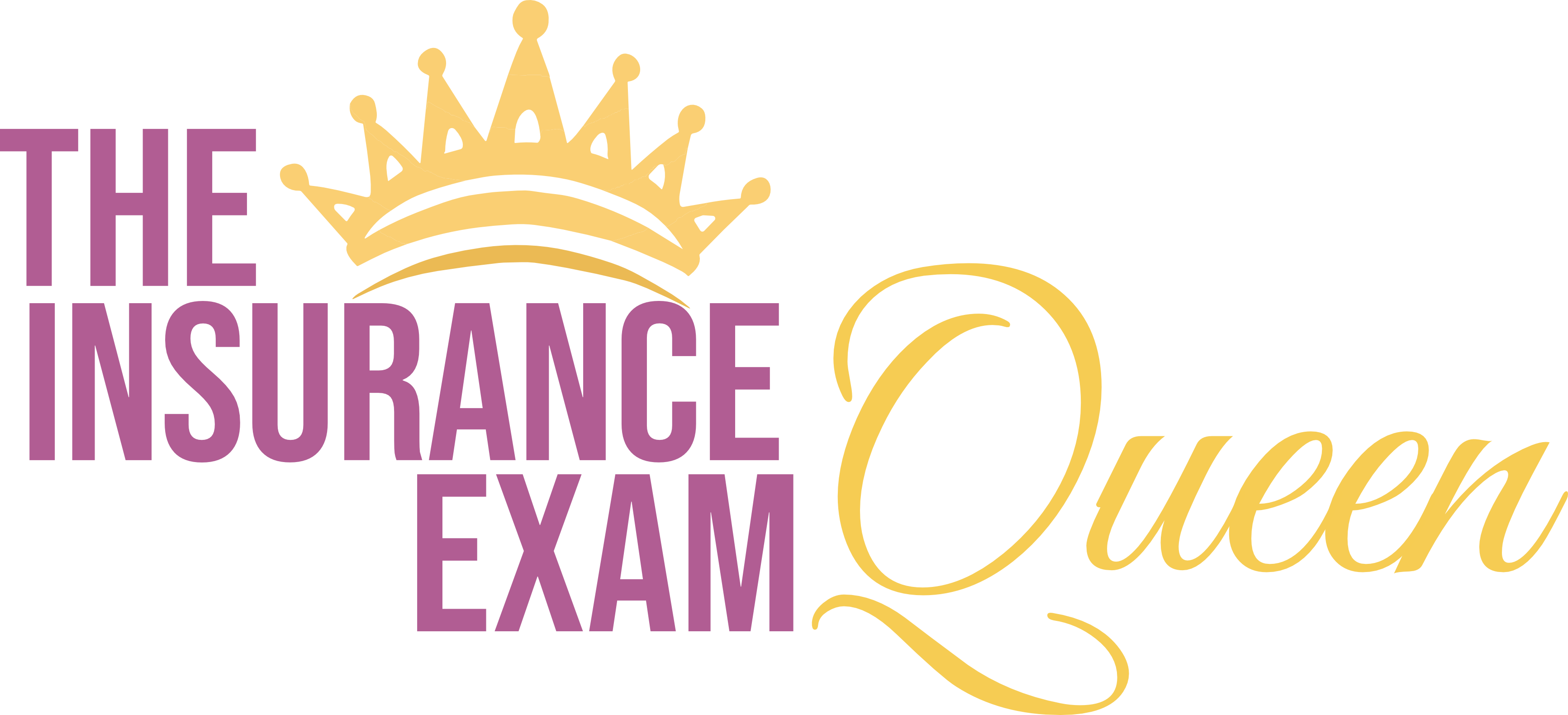Nonforfeiture Options: Extended Term, Reduced Paid-Up, Cash
Assume you have had a whole life policy for awhile. You have made the premium payments and never touched the cash value so it’s been growing as it should. You get to a point in life where maintaining this policy is too costly for you, for whatever reason.
You call your insurance company to let them know that you cannot afford the premium anymore. They will then introduce you to your “Nonforfeiture Options” which is a fancy way of saying, this is your cash value and you cannot give it up, it’s yours and there are three things you can choose to do with your cash value. We can even call it, “3 cool things you can do with your Cash Value account if you cancel your Life Policy”.
Here are the 3 options the consumer has when they cancel a Whole Life Policy:
- Cash: Take all the cash value from the account, close out the life insurance policy. You have the cash to spend as you please, but no more life insurance.
- Reduced Paid-Up: This is exactly what it says, it “reduces” your coverage but it’s all “paid up” because it took the cash value you had and used it to pay off the premium. This option allows you to keep the insurance at a lesser death benefit, but it’s paid off(using the cash value) so that you never have another premium payment again. This will allow you to still have permanent, whole life insurance. Whether you die or reach 100 you will get the reduced benefit amount. If you are ever asked which of these three options allows you to have the longest amount of insurance, it’s this option, reduced paid up.
- Extended Term Option: Now, you have Whole life(permanent) insurance and this is now saying “term” which means it’s no longer permanent. What this option does is takes the cash value you have and uses to buy and term version of your current policy. Your death benefit stays the same, but now it’s temporary. Meaning, if you remain alive and the term ends, you will have nothing, but if you die, your beneficiary will get a large death benefit, much larger than the reduced paid up option. If you are ever asked which of these three options gives you the most/largest amount of insurance, it’s this option, Extended Term. This is the default option too. Let’s say you don’t call your insurance, but you stop paying the premium since you cannot afford it. They tried to get a hold of you but cannot. The insurance will then exercise this option and turn your cash value into a premium payment for an extended term policy.
Three Choices When You Cancel a Whole Life Policy Summary:
- Cash:
- What it does: Take all the cash value out of your account, close your life insurance policy.
- Result: You get the cash to spend however you like, but you no longer have life insurance coverage.
- Reduced Paid-Up:
- What it does: Your coverage amount is reduced, but it’s completely paid off with the cash value you’ve already built. You won’t have to make any more premium payments.
- Coverage: You keep a permanent whole life insurance policy but with a smaller death benefit.
- Remember: This option lets you keep insurance coverage the longest.
- Extended Term Option:
- What it does: Converts your permanent insurance into a term policy using your cash value to pay for it.
- Coverage: Your death benefit stays the same, but now it’s for a limited time.
- What happens next: If you outlive the term, the policy ends and you get nothing. If you die during the term, your beneficiary gets a significant death benefit.
- Note: This is the default option if you stop paying and the insurer can’t reach you. They’ll use your cash value to keep you insured for a term.

Recommended: Gold
The GOLD Course is ALWAYS the recommended class series for all students as it teaches the material in more depth. Over 30 hours of the most in depth classes with a more intensive teaching of the topic. Learn more about L&H GOLD
Share the Post
Click to share the post to your network





